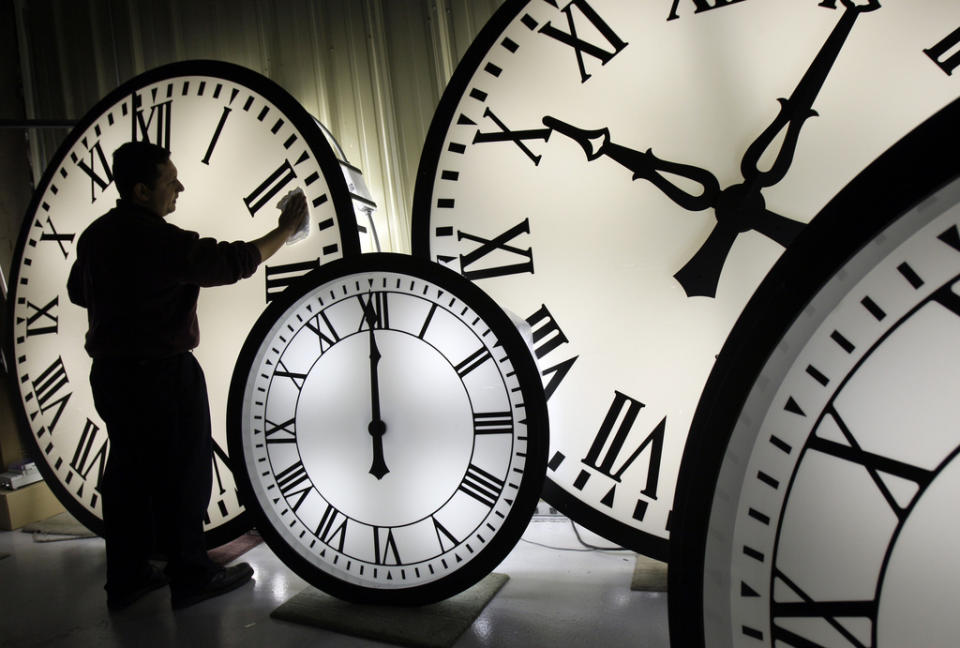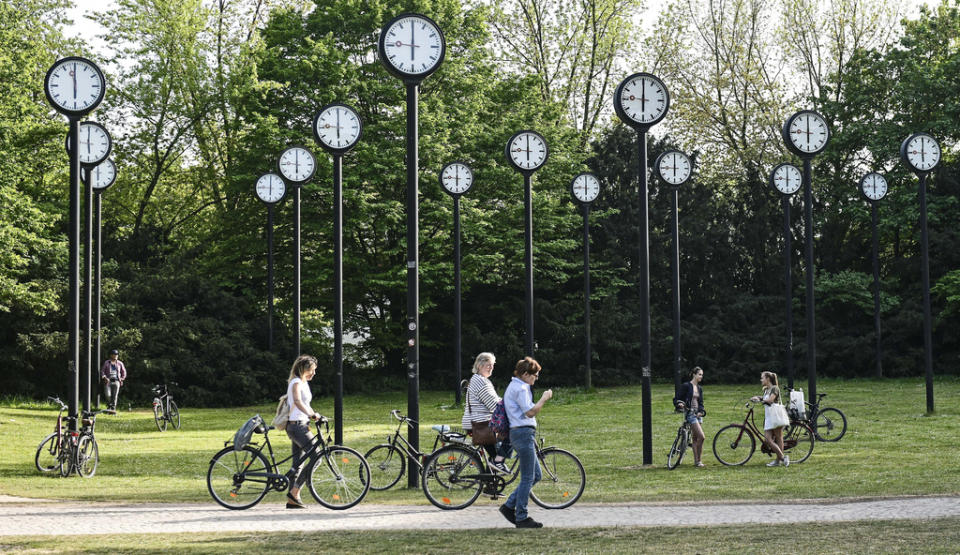An end to ‘springing forward’? Laws to abolish daylight saving time proposed in these states

(NEXSTAR) – Daylight saving time 2024 is nearly upon us, and if you’re wondering why we keep this twice-a-year exercise going, you’re not alone.
A number of states have already switched to permanent standard or daylight saving time, but just about every state has at least considered legislation in recent years that would end the clock changes, according to the National Conference of State Legislatures (NCSL).
Daylight saving time 2023: Why attempts to make observation permanent failed
Hawaii and Arizona are the two states on permanent standard time, along with the U.S. territories of American Samoa, Guam, the Northern Mariana Islands, Puerto Rico and the Virgin Islands.

Oregon lawmakers made a last push to join them this year, with the state Senate passing a bill to end daylight saving time in favor of year-round standard time. The bill, which would have also required California and Washington to follow suit, stalled in the House on Tuesday, however.
Along with the Beaver State, legislators in Maine, Massachusetts, Minnesota, New York, Oklahoma, Pennsylvania, South Carolina, Tennessee and Vermont are also weighing legislation that would make standard time permanent, according to Forbes.
Daylight saving time starts soon: What if we stopped changing the clocks?
While it’s legal for states to adopt standard time, federal law prohibits a change to permanent daylight saving time in accordance with the 1966 Uniform Time Act.
In 2018, Florida became the first state to pass a law making daylight saving time permanent, pending a change in federal law. The following states have enacted similar resolutions or legislation since, according to the NCSL: Colorado, Kentucky, Alabama, Georgia, Minnesota, Mississippi, Montana, Idaho, Louisiana, Ohio, South Carolina, Utah, Wyoming, Delaware, Maine, Oregon, Tennessee and Washington.
Californians voted to authorize such a change but the NCSL isn’t counting the state because “legislative action is pending.”
Standard vs. daylight saving time
A recent poll found that the majority of Americans want to stop changing their clocks twice a year, but should standard or daylight saving time reign supreme?
While springing the clocks forward “kind of jolts our system,” the extra daylight gets people outdoors, exercising and having fun, says Anne Buckle, web editor at timeanddate.com, which features information on time, time zones and astronomy.
“The really, really awesome advantage is the bright evenings, right?” she says. “It is actually having hours of daylight after you come home from work to spend time with your family or activities. And that is wonderful.”

It’s worth noting that the U.S. has made daylight saving time permanent before – Congress passed a law doing away with clock changes in the 1970s in an effort to conserve energy. Americans quickly soured on the new way of doing things.
With the sun not rising in the winter in some areas till around 9 a.m. or even later, people were waking up in the dark, going to work in the dark and sending their children to school in the dark, said David Prerau, author of the book “Seize the Daylight: The Curious and Contentious Story of Daylight Saving Time.”
”It became very unpopular very quickly,” Prerau says.
And, he notes, using standard time all year would mean losing that extra hour of daylight for eight months in the evenings in the United States.
If the decision was left to sleep experts, however, we might all be living by standard time permanently.
“The U.S. should eliminate seasonal time changes in favor of a national, fixed, year-round time,” says a position statement published by the American Academy of Sleep Medicine in the Journal of Clinical Sleep Medicine, adding that “current evidence best supports the adoption of year-round standard time, which aligns best with human circadian biology and provides distinct benefits for public health and safety.”
Studies have shown that “springing forward” to daylight saving time is associated with more cardiovascular morbidity, according to the American Medical Association.
Until standard or daylight saving time become permanent, there is something we can all do to make these clock changes less jarring, Alejandro D. Chediak, MD, professor of medicine and associate chief of clinical affairsat at the University of Miami Miller School of Medicine, told the AMA.
“If we remain stuck in this twilight zone of daylight saving time oscillating with standard time, making the change more gradually can help,” he said. “So instead of making the one-hour change all at once, you can do it by 15 minutes a day for four days prior to the change.”
For the latest news, weather, sports, and streaming video, head to Queen City News.

